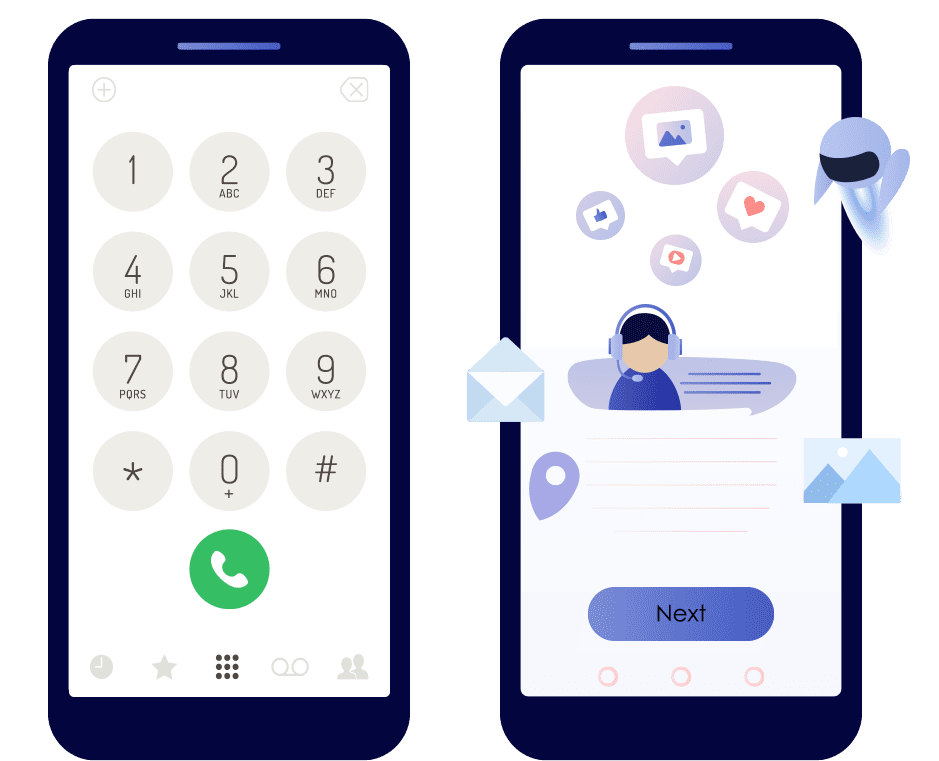
Authentication is critical to security, so it is fortunate to note that when it comes to identifying customers, most automated customer service systems are able to authenticate the consumer. Authentication, of course, is not only beneficial for security purposes, it also helps to improve the personalization of the experience a customer receives.
When it comes to authentication measures, however, systems like traditional Visual Interactive Voice response (IVR) tend to be quite limited in their ability to offer effective authentication, due to the limitations of touchtone. When utilizing traditional IVR, authentication is usually in the form of an account number that the customer is expected to type in on the phone’s keypad. Of course, while this may be what is requested, often the customer does not have this information readily available, leading the customer to generally skip this important step.
In an ideal world, an effective telephone authentication solution would be able to quickly and non-intrusively verify customers, perhaps without them even knowing it. Since customer service is all about ease of use for the client, customer authentication should not impede the user experience. Unfortunately, when it comes to the standard IVR solutions, the verification process often proves to be both time consuming and potentially less effective from a security point of view.
Visual IVR is able to authenticate a caller’s identity far more rapidly than other methods, since it is as easy as logging into a website. With a visual IVR solution, users are asked to type their usernames and passwords or simply provide some form of personally identifiable information on a screen similar to a webpage, this task is considerably simpler than having to struggle with the rarely accurate speech recognition technologies or extremely limited touchtone associated with standard IVRs.
The fact that visual IVR offers users an intuitive visual representation on their mobile device enables them to more quickly and easily authenticate themselves than with a traditional, voice-based IVR. The visual aspect also allows for alternative “login” options such as social sign-in – a form of single sign-on using existing information from a social networking website.
This means that it is not only a great solution for reducing the workload on your agents and delivering the associated cost savings that come with it, ensuring clear identification of the customer increases opportunities like up- and cross-selling and a more personalized level of service.
With security only becoming a bigger issue as we move forward, providing your customers with access to a solution that enables them to do it for themselves, while also significantly reducing the hassle usually associated with authentication, means you will not only save your business time and money, you will also intentionally enhance the customer’s experience as well.
[About the author]


